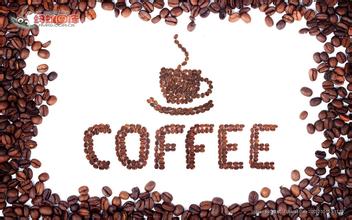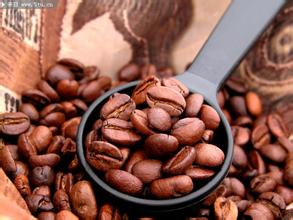The rise in the price of raw beans leads to a new standard for fair trade coffee
Due to the high price of raw coffee, the International Fair Trade Organization (FLO) raised the minimum price of its coffee and demanded different prices for Fairtrade coffee of different quality.
The price of raw coffee beans, a commodity, is approaching the peak set in 1977. Fairtrade said that while this is good news for individual coffee farmers, some coffee production organizations do not really benefit fairly from it.
Although the price of raw beans continues to rise as a result of poor harvests, some coffee producers still have to honor their previous contracts, Fairtrade said.
Fairtrade has decided to revise its coffee standards to make the supply chain of Fairtrade coffee more stable and to make the market fairer and protect the interests of coffee farmers when coffee prices fall. The contract signed from April 1, 2011 will implement the new standard.
One of the main problems to be solved by the new standard is the underinvestment in coffee farms caused by years of low prices of raw coffee beans. Over the past few decades, many coffee farms have been poorly managed or even abandoned, so Fairtrade's new standards raise the minimum price for Fairtrade, setting aside some of the money to improve farm productivity and quality.
The specific price changes are as follows:
The Fair Trade Development Fund has been adjusted from 10 cents / lb to 20 cents / lb, of which 5 cents is dedicated to farm improvement.
The minimum fair trade price of washed Arabica was adjusted from US $1.25 / lb to US $1.4 / lb, and the minimum fair trade price of sunlit Arabica was raised from US $1.20 / lb to 1.35 / lb.
On top of the above, organic coffee is added by 30 cents per pound to make up for the high cost of organic production.

Important Notice :
前街咖啡 FrontStreet Coffee has moved to new addredd:
FrontStreet Coffee Address: 315,Donghua East Road,GuangZhou
Tel:020 38364473
- Prev

Colombia uses coffee grounds to build sturdy houses
Lokeshoka is one of the tens of thousands of Colombians who depend on the coffee industry. He works as a grinder in a coffee company in Bogota. Born into a family of architects in Bucaramanga, Locke worked as an architect with his father when he was young, and later learned to be a coffee grinder when he hurt his foot. Coffee will produce a lot of coffee grounds and coffee grounds in the process of grinding.
- Next

Starbucks is lost again?
Starbucks finally made its move. Starbucks recently announced the full launch of its new logo. The mermaid representing Starbucks finally broke through the limitations of the coffee cup and swam to a wider area. Starbucks 'logo in China is gradually changing. A few days ago, Li Jing, public relations director of Starbucks China, told the reporter of China Enterprise News that all coffee cups are now
Related
- A complete list of coffee bean names and their meanings! What is Yejia Shefi coffee? Where is Mantelin coffee?
- What grade does Arida Manor Kaduai coffee beans belong to? What treatment is Arida ASD slow anaerobic sun exposure?
- The milk tea cup becomes smaller?! Overlord Tea Girl launches a new "Return to Yunnan" series
- Accused of selling counterfeit and high-priced coffee beans! Well-known boutique coffee brand "Oukelao" bowed and apologized!
- How to make espresso dumplings? Can I eat coffee and glutinous rice balls together?
- Save the unformed and stagnant powder cakes in one second! What is the problem with stagnant water in the powder bowl of the espresso machine?
- What does hand-brewed coffee stop mean? Why is it not recommended to make coffee by hand?
- Is it normal to smell like coffee? Why does coffee smell like alcohol? What's wrong with the strong smell of cold extract ice dripping ice brewed coffee?
- How to solve the problem that hand-brewed coffee extraction takes too long? Why is the water flowing so slowly when making coffee?
- The main points of making Australian white coffee, the proportion details, how does Australian white properly foam and blend the flowers?

